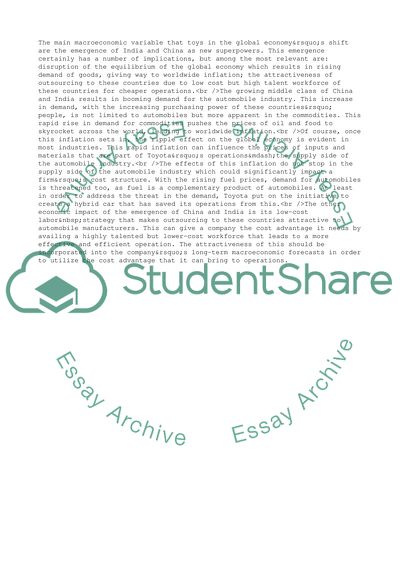Cite this document
(The Economic Impact of the Emergence of China and India Assignment, n.d.)
The Economic Impact of the Emergence of China and India Assignment. https://studentshare.org/management/1715356-environmental-analysis-paper
The Economic Impact of the Emergence of China and India Assignment. https://studentshare.org/management/1715356-environmental-analysis-paper
(The Economic Impact of the Emergence of China and India Assignment)
The Economic Impact of the Emergence of China and India Assignment. https://studentshare.org/management/1715356-environmental-analysis-paper.
The Economic Impact of the Emergence of China and India Assignment. https://studentshare.org/management/1715356-environmental-analysis-paper.
“The Economic Impact of the Emergence of China and India Assignment”. https://studentshare.org/management/1715356-environmental-analysis-paper.


